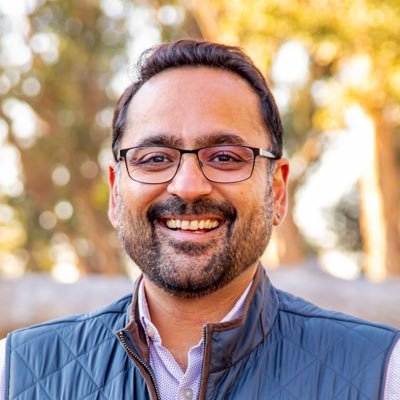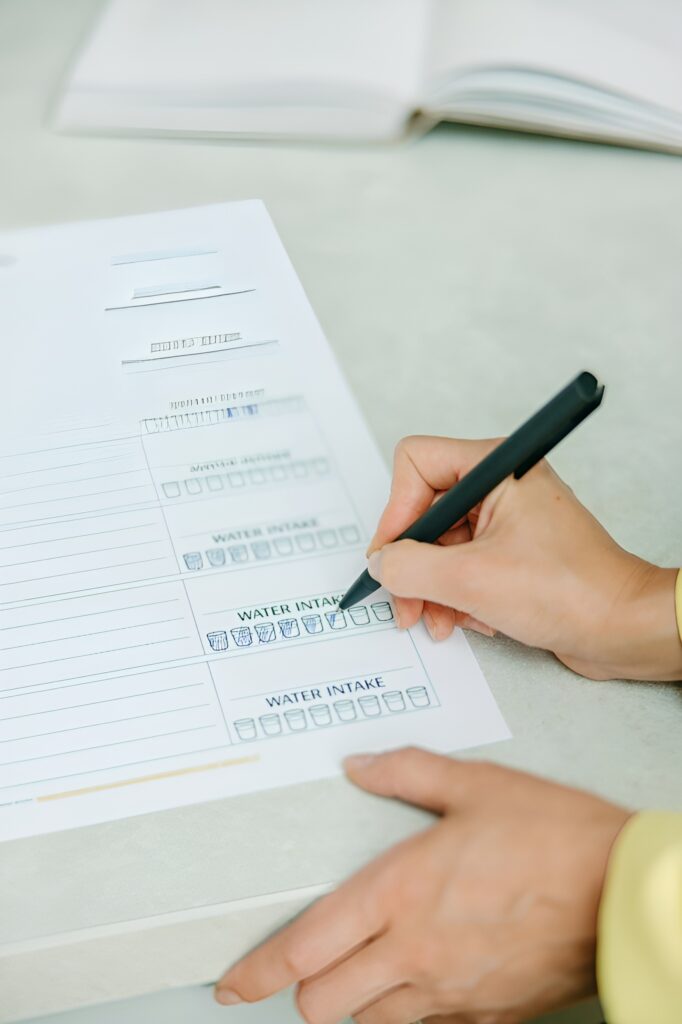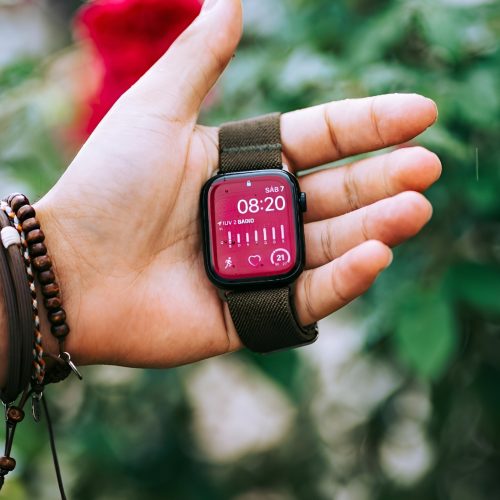AI already sits quietly in our lives—from the smart thermostat that learns when to warm or cool our homes, to the robotic vacuum that cleans floors while we focus on other things. But where it feels most humane is in health. In my conversation with Amandeep Khurana on The Wellness Algorithm, what stood out wasn’t the flash of technology, but the calm clarity it can bring to everyday choices—sleep, food, stress, movement—when we let it connect dots we’d otherwise miss.
I don’t want AI to replace intuition or practitioners. I want it to remove noise. To translate streams of numbers into one gentle, doable next step.

We can collect countless signals and still feel stuck. The shift comes when those signals form a clear picture we can act on. That’s what I heard in Amandeep’s story. Years of labs, sleep data, scans and meal logs finally made sense when AI found patterns a single appointment never could. His plan didn’t get harder, it became kinder and more precise. And he said something that has stayed with me, “Technology is only as good as what people are able to get out of it.” That’s become my filter now. If a tool doesn’t make my next choice clearer or more compassionate, it doesn’t belong in my routine.
We can collect countless signals and still feel stuck. The shift comes when those signals form a clear picture we can act on. That’s what I heard in Amandeep’s story. Years of labs, sleep data, scans and meal logs finally made sense when AI found patterns a single appointment never could. His plan didn’t get harder, it became kinder and more precise. And he said something that has stayed with me, “Technology is only as good as what people are able to get out of it.” That’s become my filter now. If a tool doesn’t make my next choice clearer or more compassionate, it doesn’t belong in my routine.


One reason I’ve let go of rigid diet “rules” is because people respond differently to the same foods. That isn’t a mindset issue — it’s physiology.
A landmark 2015 study published in Cell used AI to predict how individuals reacted to identical meals based on their microbiome, glucose patterns and lifestyle inputs. What it found was striking: two people could eat the same food but have very different blood sugar responses. AI created personalized diet plans that worked far better than generic advice.
For me, that changes everything. It means what works for your best friend, sister or spouse isn’t automatically meant for you — and AI can finally help us respect that without guilt or guesswork.
Lately, I’ve been amazed at how AI spots metabolic risks earlier by analyzing sleep, activity, age, waist, and blood pressure together. In real screenings, it beat traditional methods, giving clearer directions for prevention and lifestyle changes.
For me, that reframes “plateaus” and “setbacks.” If the model says my risk is nudging up, I don’t need panic; I need a small, targeted shift.
One reason I’ve let go of rigid diet “rules” is because people respond differently to the same foods. That isn’t a mindset issue — it’s physiology.
A landmark 2015 study published in Cell used AI to predict how individuals reacted to identical meals based on their microbiome, glucose patterns and lifestyle inputs. What it found was striking: two people could eat the same food but have very different blood sugar responses. AI created personalized diet plans that worked far better than generic advice.
For me, that changes everything. It means what works for your best friend, sister or spouse isn’t automatically meant for you — and AI can finally help us respect that without guilt or guesswork.

Lately, I’ve been amazed at how AI spots metabolic risks earlier by analyzing sleep, activity, age, waist, and blood pressure together. In real screenings, it beat traditional methods, giving clearer directions for prevention and lifestyle changes.
For me, that reframes “plateaus” and “setbacks.” If the model says my risk is nudging up, I don’t need panic; I need a small, targeted shift.
We often focus on sleep gadgets, but it’s the basics—a steady bedtime, morning light, and a cool room—that help most. AI shines when something feels “off” but you can’t pinpoint why. Patterns reveal more than single data points.
Paired with context—like late meals or stress—you get clear advice: “Your heart rate spiked at 2 a.m. on nights you ate late. Try earlier dinners and see if your deep sleep improves.”
A 2021 review in IEEE Access highlighted that AI using wearable data detects sleep disruptions, stages, and triggers far better than self-reporting. What struck me is it’s not about more data, but better interpretation.
I’ve felt this in my own routine: when a nudge lands at the right moment — earlier dinner, a slower wind-down, a walk after 8 p.m. — the night changes.


We often focus on sleep gadgets, but it’s the basics—a steady bedtime, morning light, and a cool room—that help most. AI shines when something feels “off” but you can’t pinpoint why. Patterns reveal more than single data points.
Paired with context—like late meals or stress—you get clear advice: “Your heart rate spiked at 2 a.m. on nights you ate late. Try earlier dinners and see if your deep sleep improves.”
A 2021 review in IEEE Access highlighted that AI using wearable data detects sleep disruptions, stages, and triggers far better than self-reporting. What struck me is it’s not about more data, but better interpretation.
I’ve felt this in my own routine: when a nudge lands at the right moment — earlier dinner, a slower wind-down, a walk after 8 p.m. — the night changes.
If you’re curious but wary of overwhelm, try this for a week:
And please remember: AI is a partner, not a judge. I run any health-changing idea past a clinician. The magic isn’t the model—it’s how it shortens the distance between confusion and clarity.
I don’t want a life ruled by dashboards. I want a life shaped by better questions and kinder defaults. That’s what this new wave of AI offers me: fewer guesses, fewer guilt cycles, more small steps that actually stick.
AI helps me act—calmly, in the moment.
Humans help me become—over time, with empathy and accountability.
When both work together, wellness stops feeling like a test you can fail and starts feeling like self-trust you can build, one clear choice at a time.

| Cookie | Duration | Description |
|---|---|---|
| cookielawinfo-checkbox-analytics | 11 months | This cookie is set by GDPR Cookie Consent plugin. The cookie is used to store the user consent for the cookies in the category "Analytics". |
| cookielawinfo-checkbox-functional | 11 months | The cookie is set by GDPR cookie consent to record the user consent for the cookies in the category "Functional". |
| cookielawinfo-checkbox-necessary | 11 months | This cookie is set by GDPR Cookie Consent plugin. The cookies is used to store the user consent for the cookies in the category "Necessary". |
| cookielawinfo-checkbox-others | 11 months | This cookie is set by GDPR Cookie Consent plugin. The cookie is used to store the user consent for the cookies in the category "Other. |
| cookielawinfo-checkbox-performance | 11 months | This cookie is set by GDPR Cookie Consent plugin. The cookie is used to store the user consent for the cookies in the category "Performance". |
| viewed_cookie_policy | 11 months | The cookie is set by the GDPR Cookie Consent plugin and is used to store whether or not user has consented to the use of cookies. It does not store any personal data. |